Web tool to help fish farmers manage parasitic infection in kingfish and amberjacks
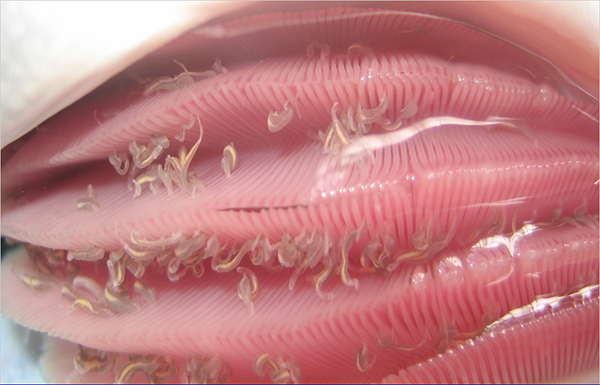
The Cawthron Institute, New Zealand’s largest independent science organization, has developed “BeNeZe” – an innovative new web tool that helps fish farmers manage flatworm parasitic infection in kingfish and amberjacks (Seriola species). The tool is available through the BeNeZe website and is mobile-compatible.
“Using the tool is really easy and the process for treating fish is laid out in six simple steps,” said Hutson. “BeNeZe also helps with identification of the correct parasite as they can look quite similar to one another to an untrained eye.”
BeNeZe (“Ben-easy”) is named after three important ectoparasites: skin flukes (Benedenia seriolae and Neobenedenia girellae) and gill fluke (Zeuxapta seriolae), which impact Seriola aquaculture. Research leader Dr. Kate Hutson said parasites are a “persistent problem” in kingfish aquaculture worldwide and can be challenging for start-up aquaculture businesses.
“Kingfish are susceptible to several ectoparasites, and left untreated, numbers can build quickly on fish in aquaculture farms and compromise their health,” she said. “New Zealand is investing significant effort into scoping the establishment of a kingfish aquaculture industry, and Cawthron has aquatic animal health expertise and science capability that can support this potential expansion.”
BeNeZe works on the basis that temperature influences how quickly the number of flukes can build. Parasite populations don’t build as quickly in cooler waters compared with warmer water, so treatment regimens need to factor in local sea surface temperature (SST).
Using the BeNeZe tool, fish farmers can select the parasites they have identified on the farm (using helpful identification guides on the BeNeZe website, if required) and enter the current SST. BeNeZe works by crunching lifecycle data for each parasite and sets a timed treatment regime that breaks the parasites’ lifecycle.
According to Hutson, the science behind BeNeZe is supported by international research, with data recently published in Reviews in Aquaculture. Ultimately, she hopes that the BeNeZe tool, combined with a disease surveillance plan, can help prevent and treat parasite outbreaks in Seriola aquaculture.
“There are lots of complex and tricky challenges to solve in aquaculture but knowing how different factors interact can help achieve best management practice,” she said. “BeNeZe is supported by years of research and development and is presented on a straightforward platform to make the decision management process easy.”
Read the scientific paper with supporting research.
Follow the Advocate on Twitter @GSA_Advocate
Now that you've reached the end of the article ...
… please consider supporting GSA’s mission to advance responsible seafood practices through education, advocacy and third-party assurances. The Advocate aims to document the evolution of responsible seafood practices and share the expansive knowledge of our vast network of contributors.
By becoming a Global Seafood Alliance member, you’re ensuring that all of the pre-competitive work we do through member benefits, resources and events can continue. Individual membership costs just $50 a year.
Not a GSA member? Join us.
Author
Tagged With
Related Posts
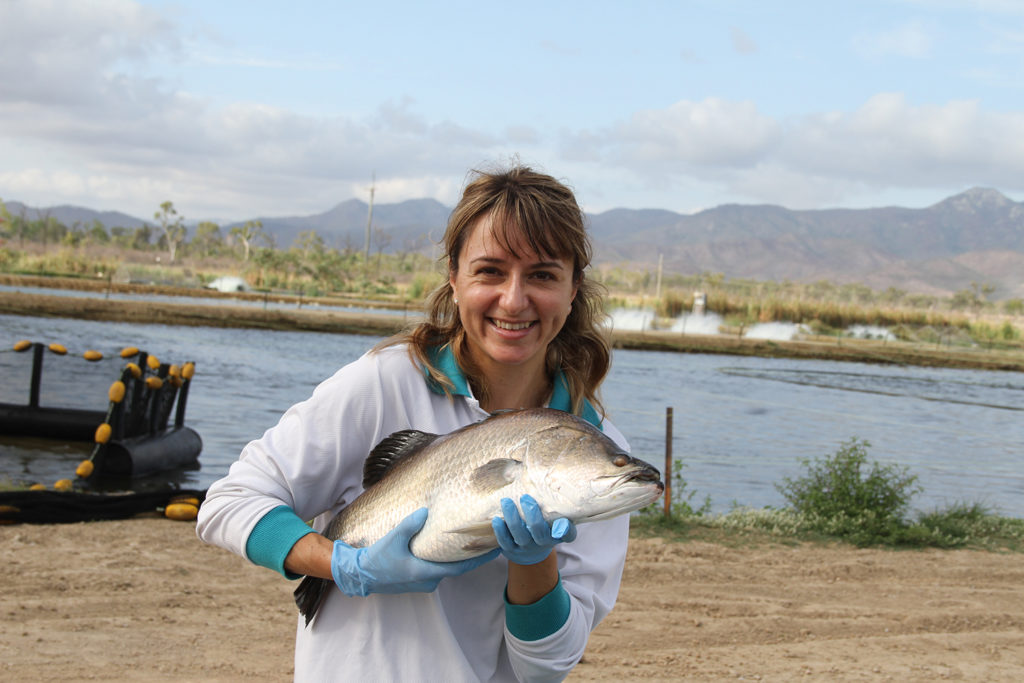
Health & Welfare
Predicting parasite outbreaks in fish farms through environmental DNA
This article presents the results of a study using environmental DNA methodology for the early detection and quantification of various pathogens in farmed barramundi, where the technique showed to be a powerful and novel tool to predict fish mortalities.
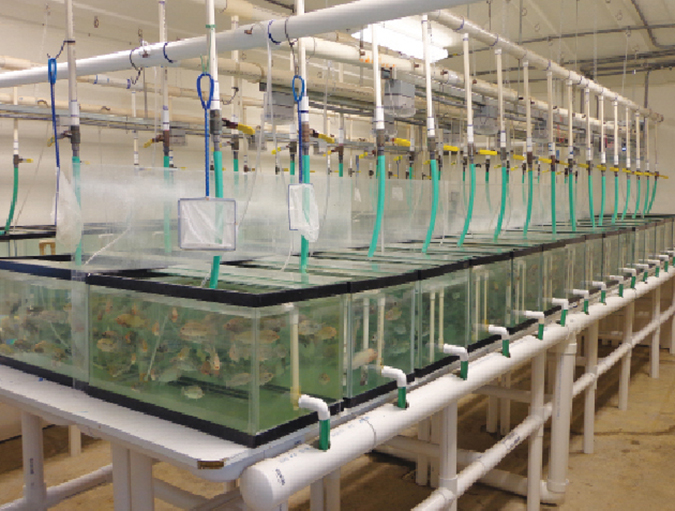
Health & Welfare
Parasite treatment reduces F. columnare infection in tilapia
The authors conducted a study to evaluate whether treatment of Trichodina-parasitized tilapia with formalin would improve fish survival and reduce F. columnare infection. Tilapia not treated with formalin showed significantly higher mortality than treated fish.
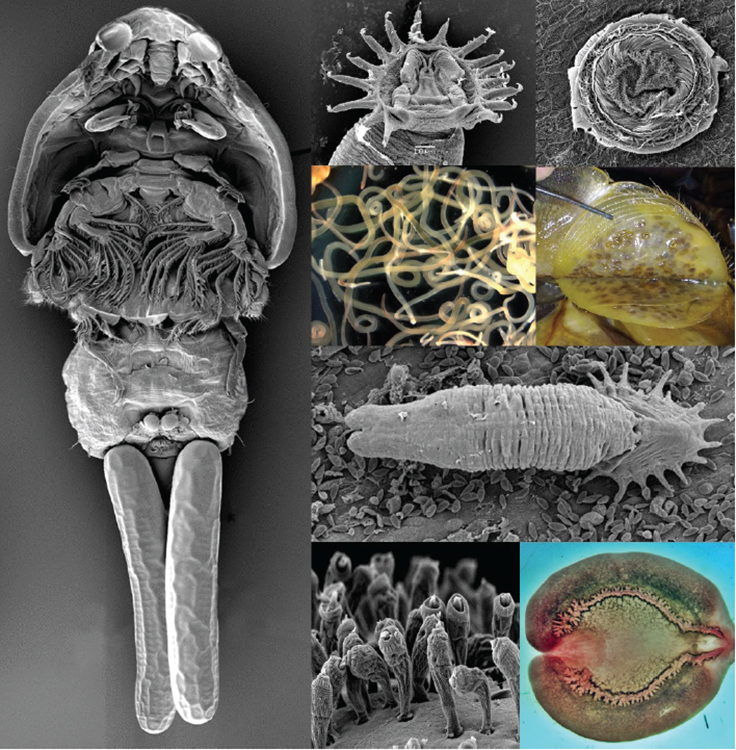
Health & Welfare
Economic impacts of aquatic parasites on global finfish production
Obligate and opportunistic parasites play a critical role in determining the productivity, sustainability and economic viability of global finfish aquaculture enterprises. Without stringent and appropriate control measures, the impacts of these pathogens can often be significant.
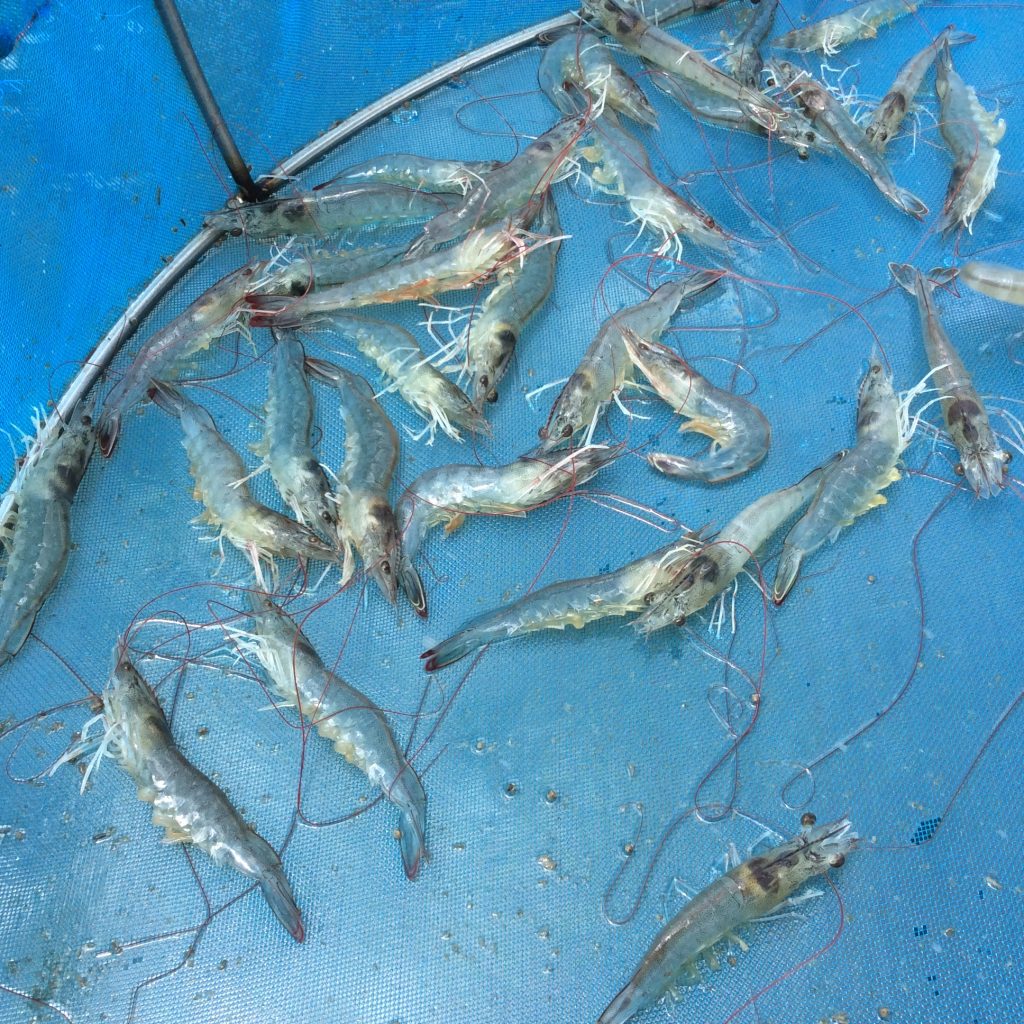
Health & Welfare
New tool aims to identify and reduce impact of chemicals and diseases in aquaculture
Cefas and the University of Exeter's Seafood Risk Tool can identify and reduce the impact of chemicals and diseases in aquaculture.



